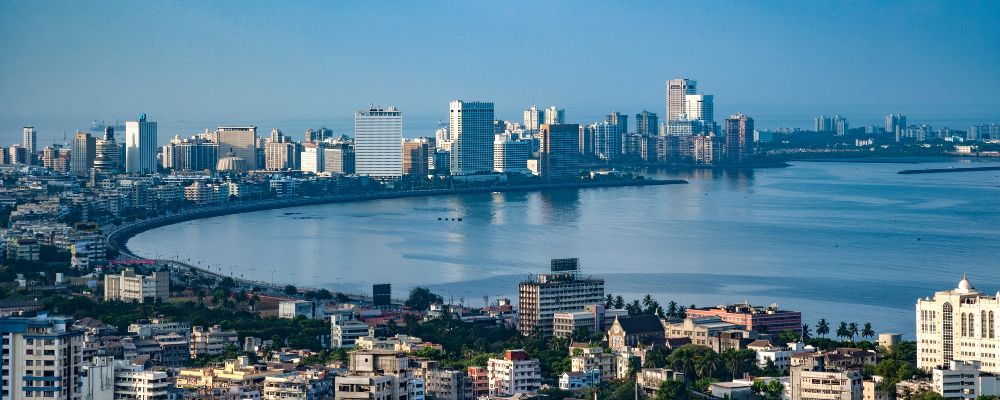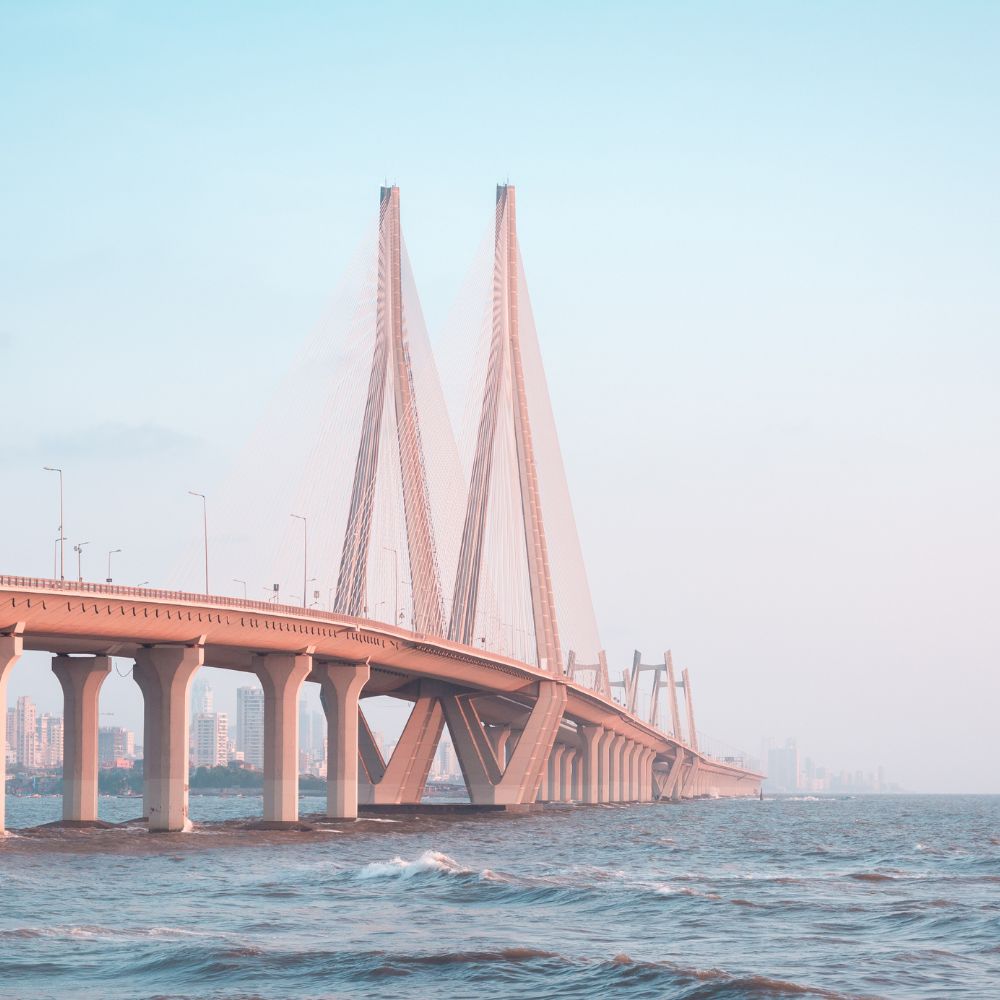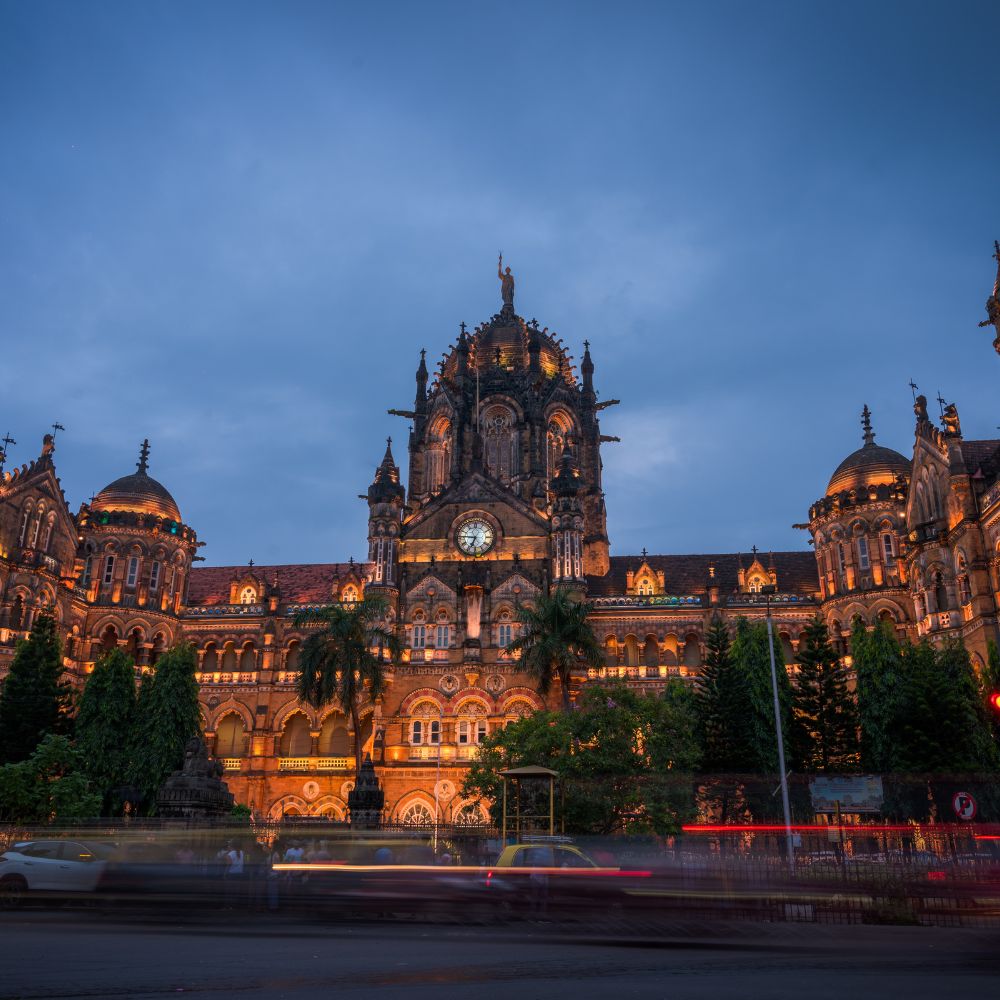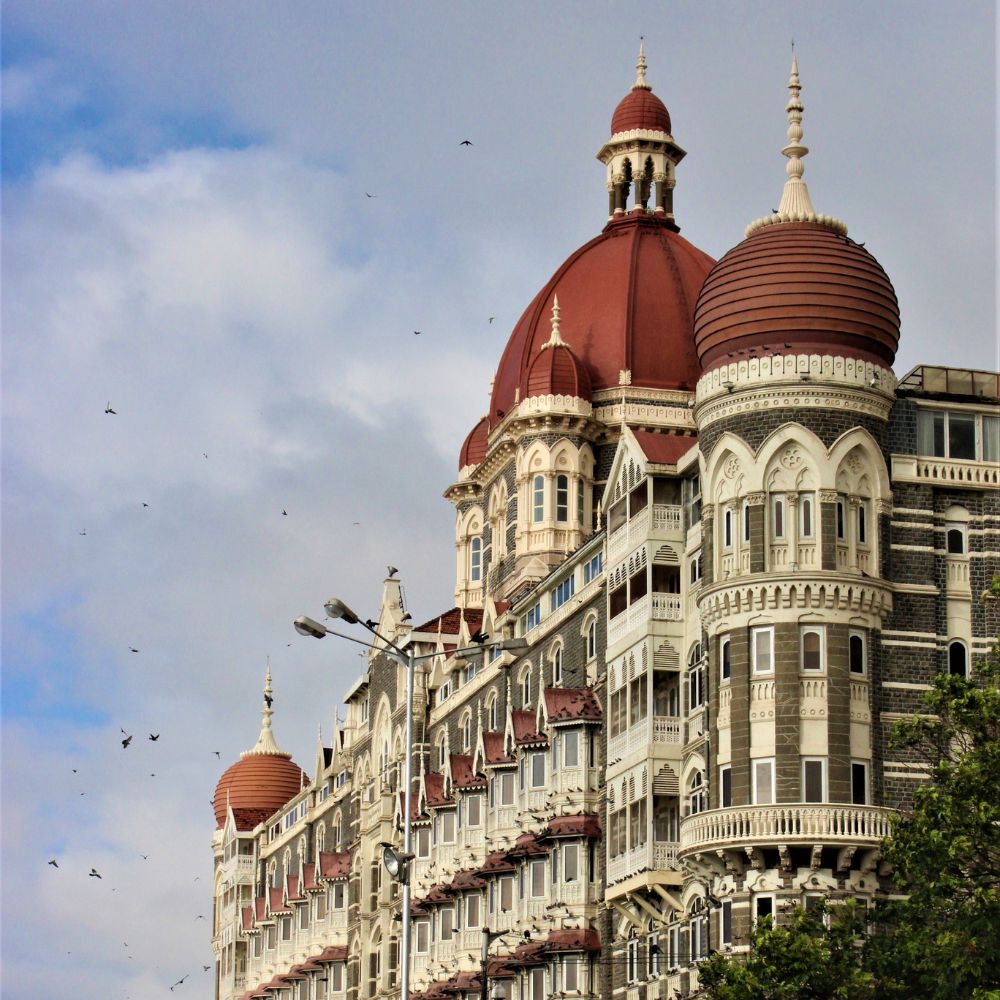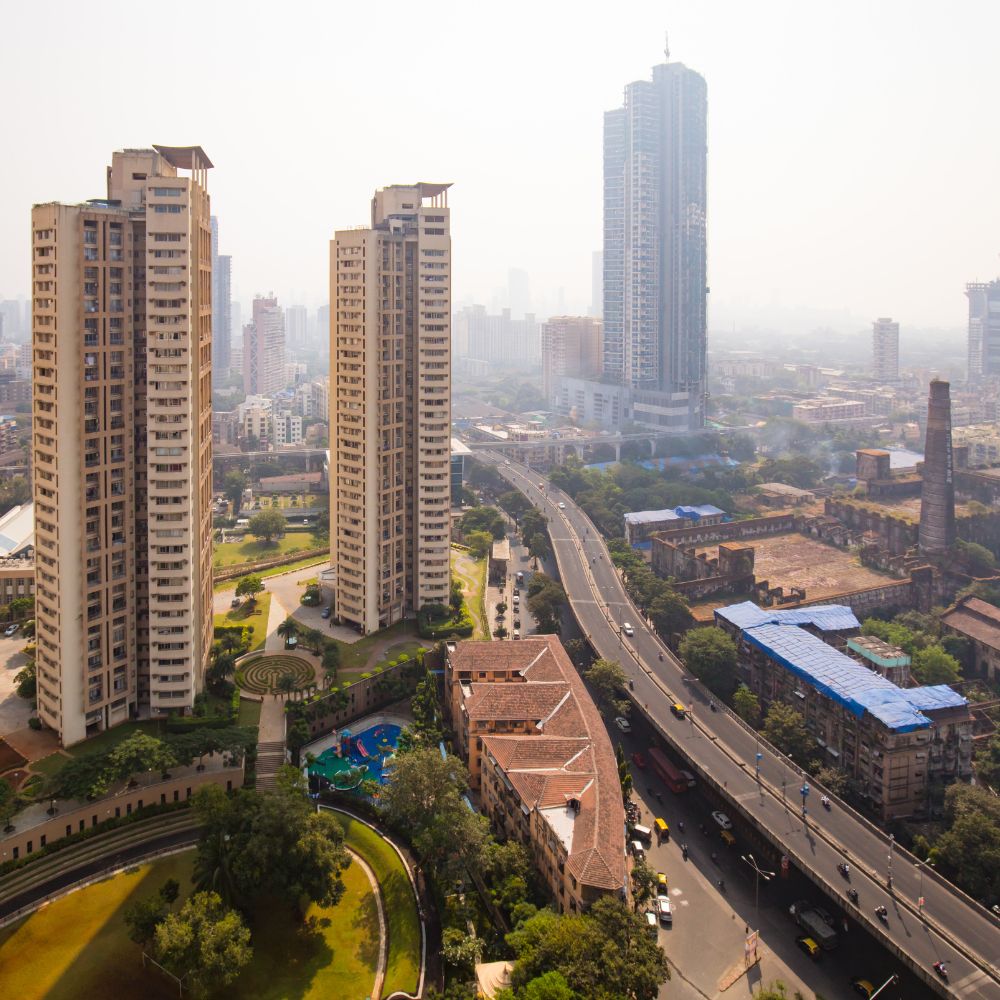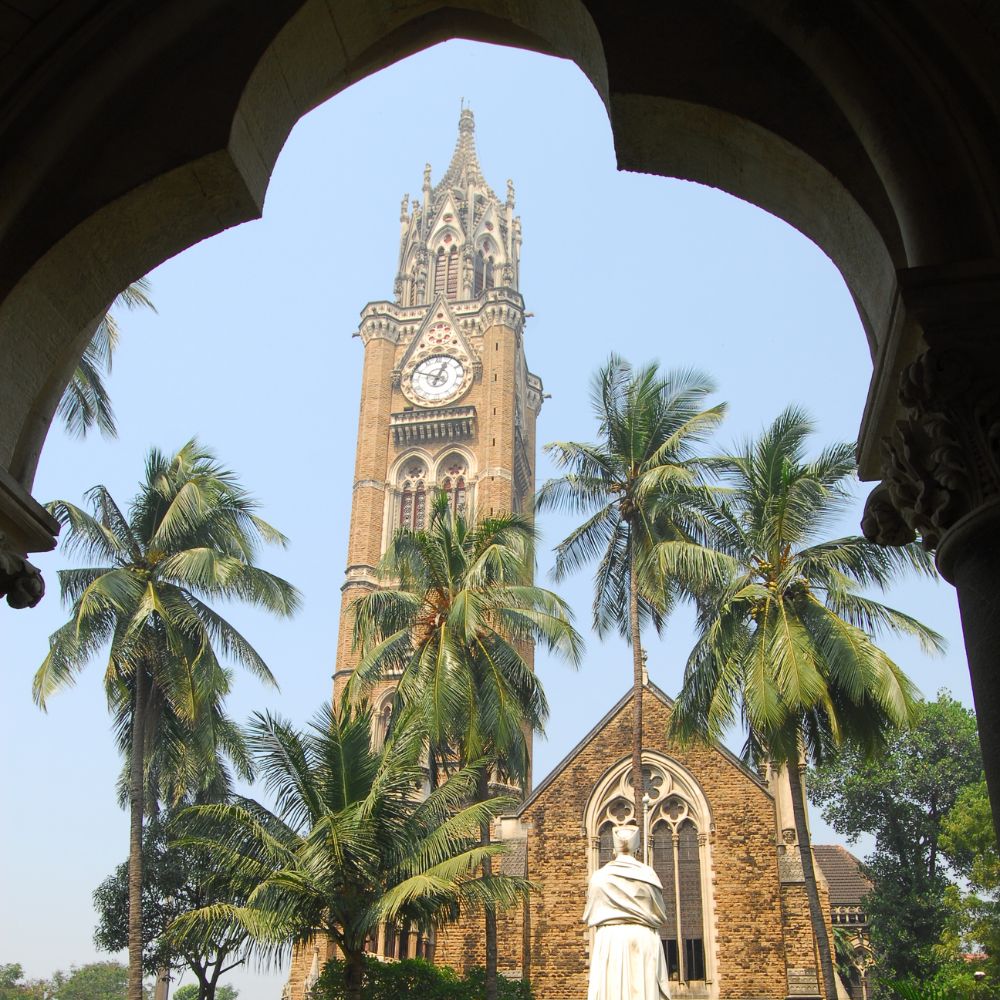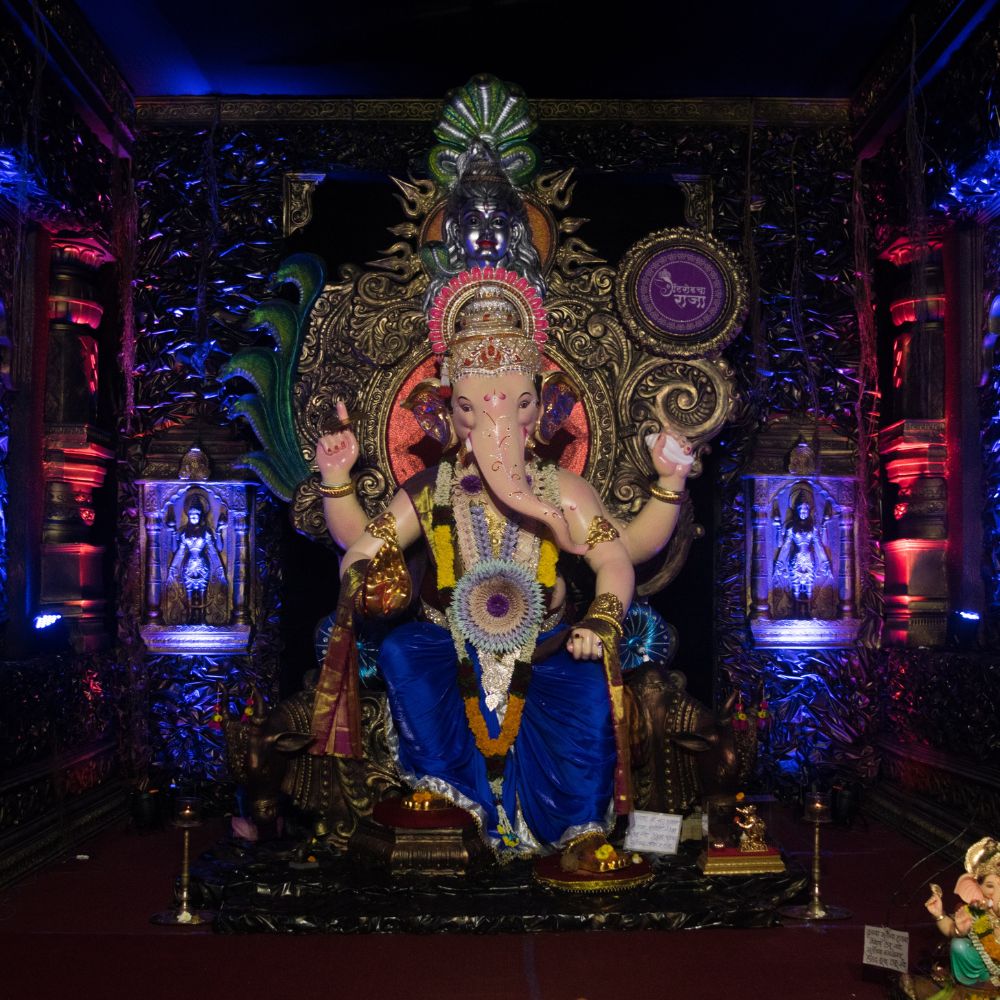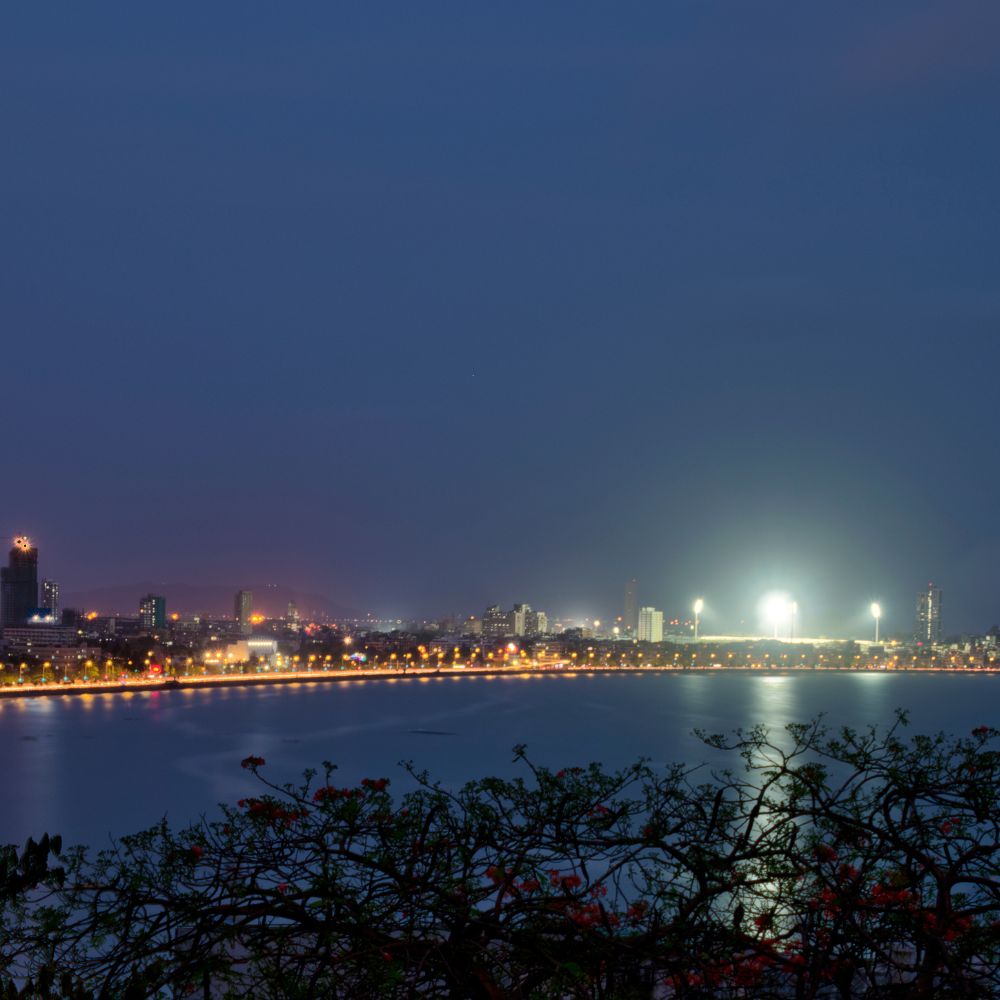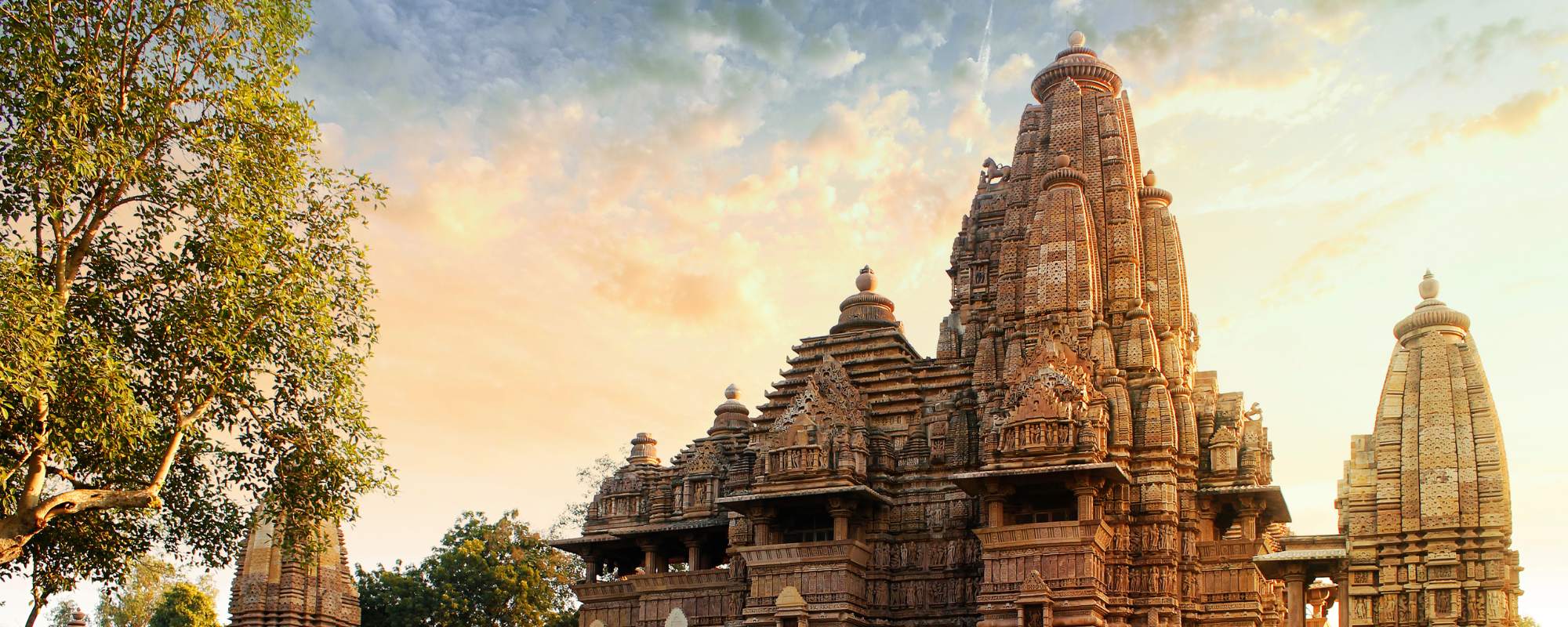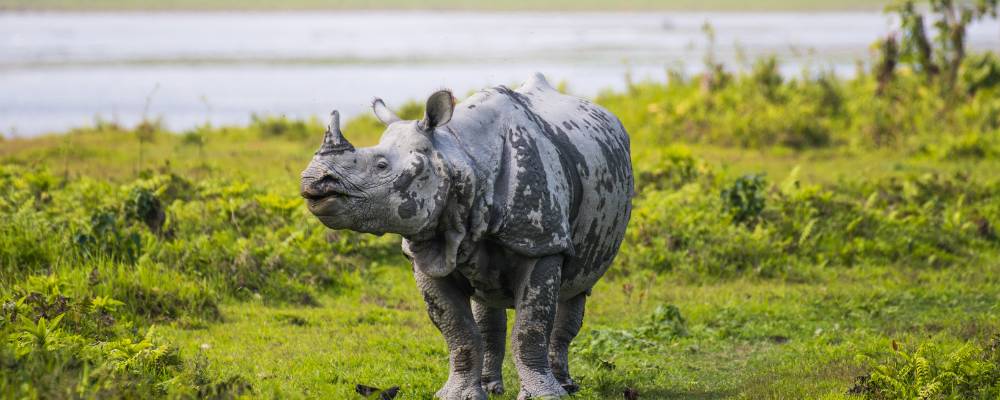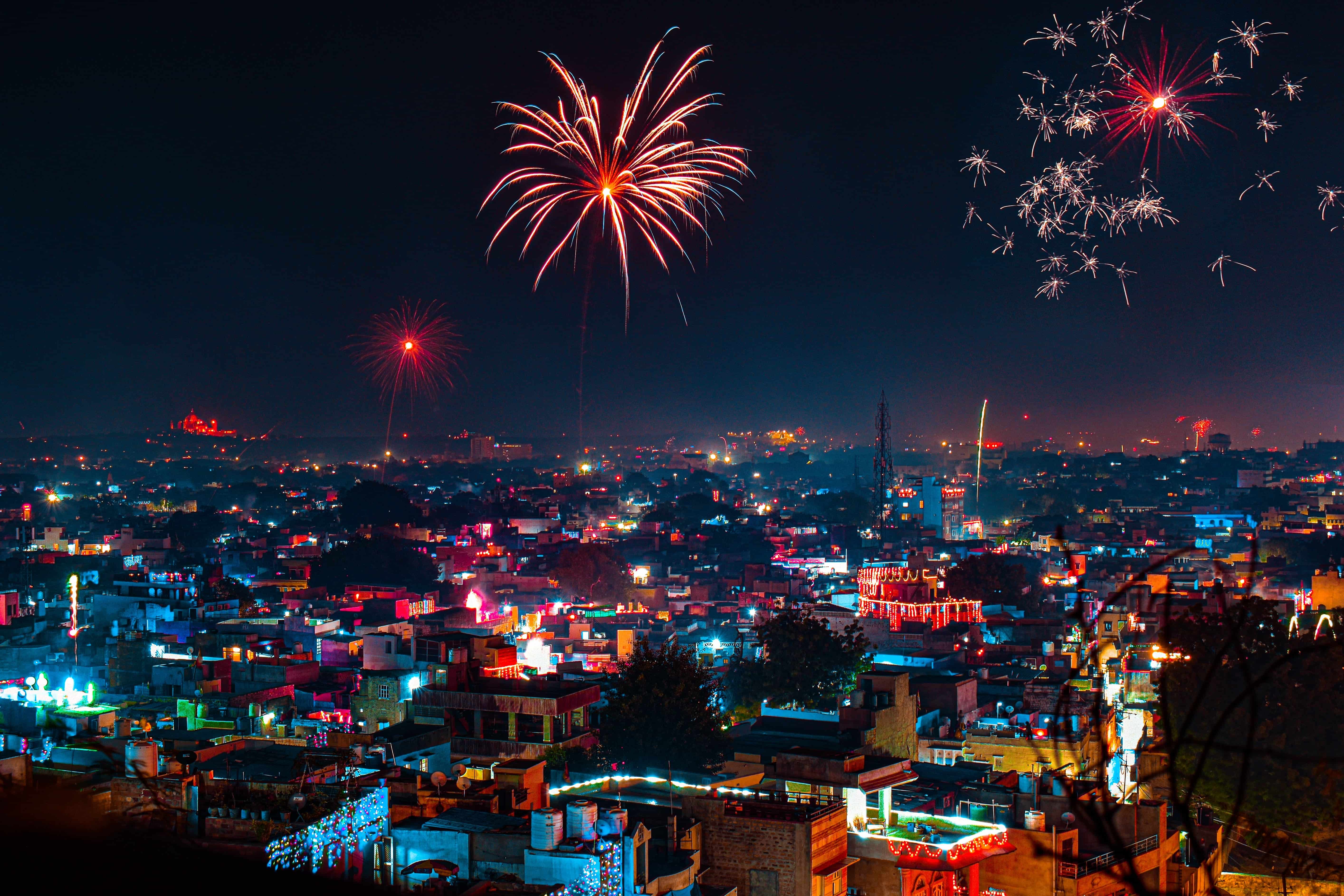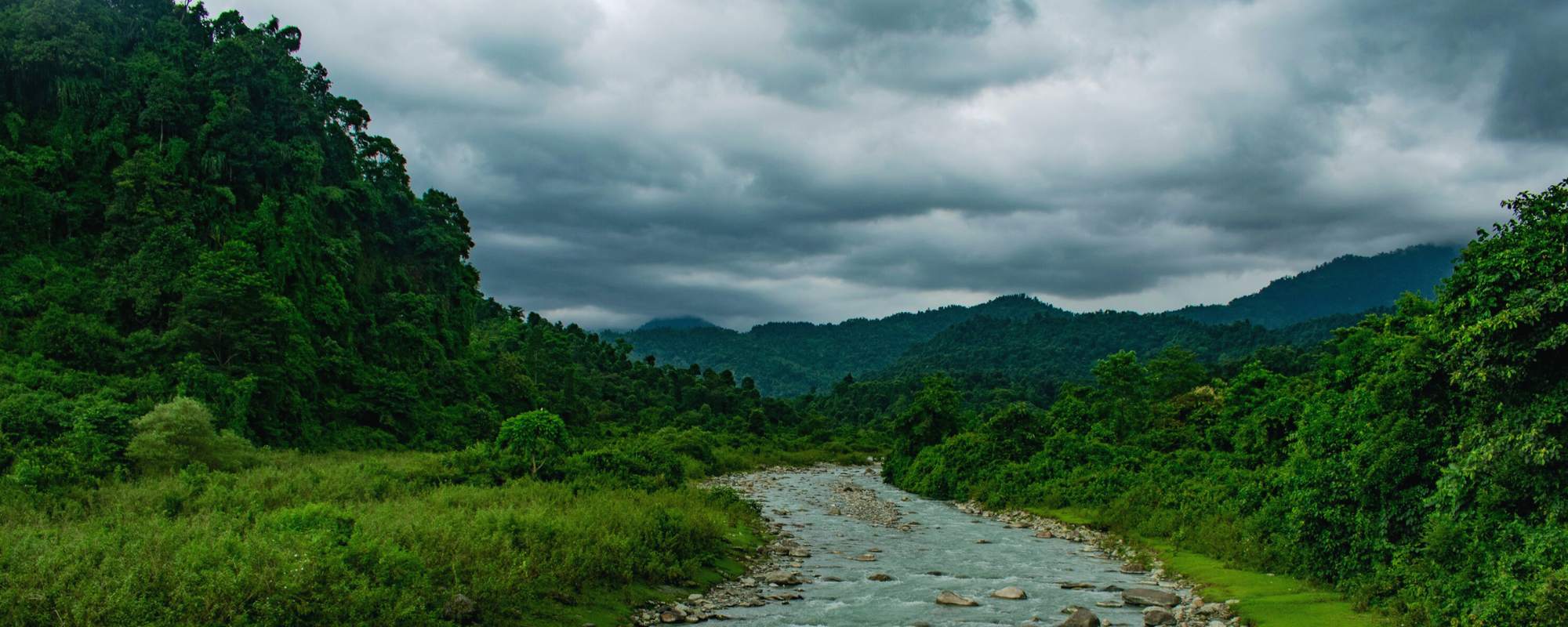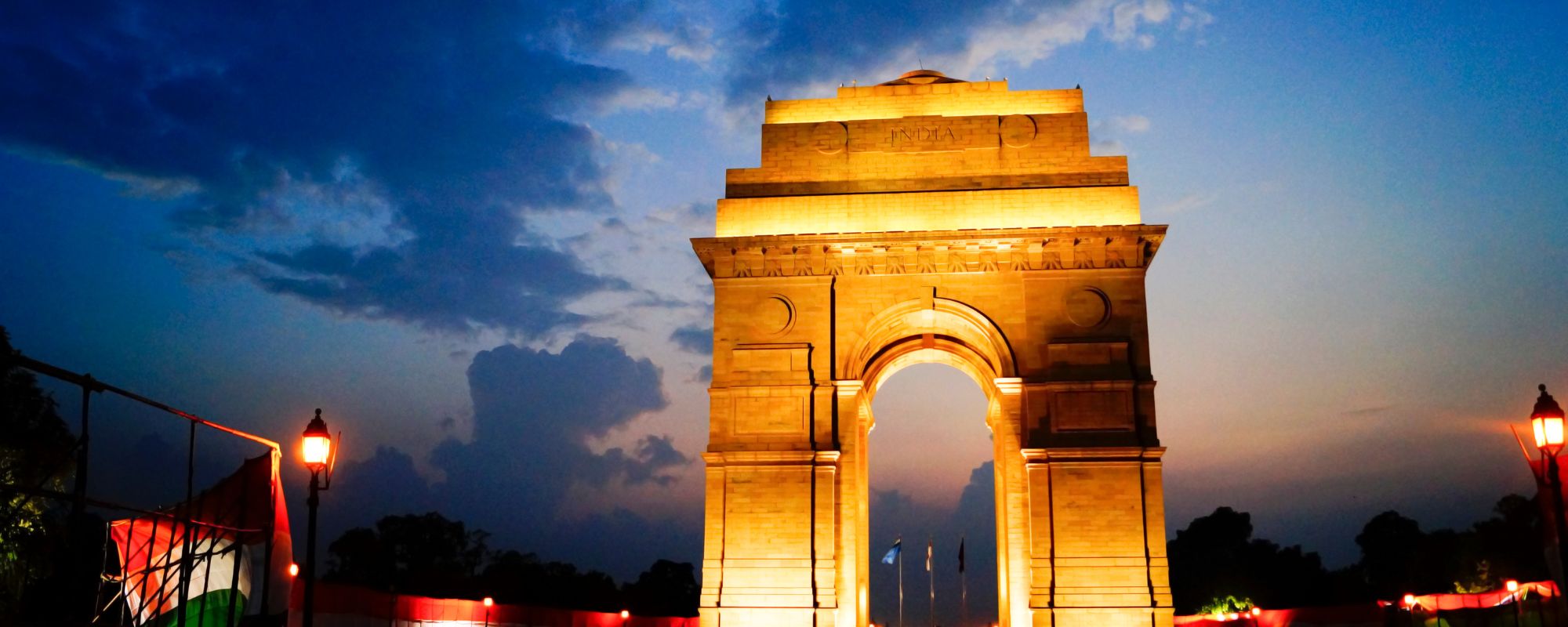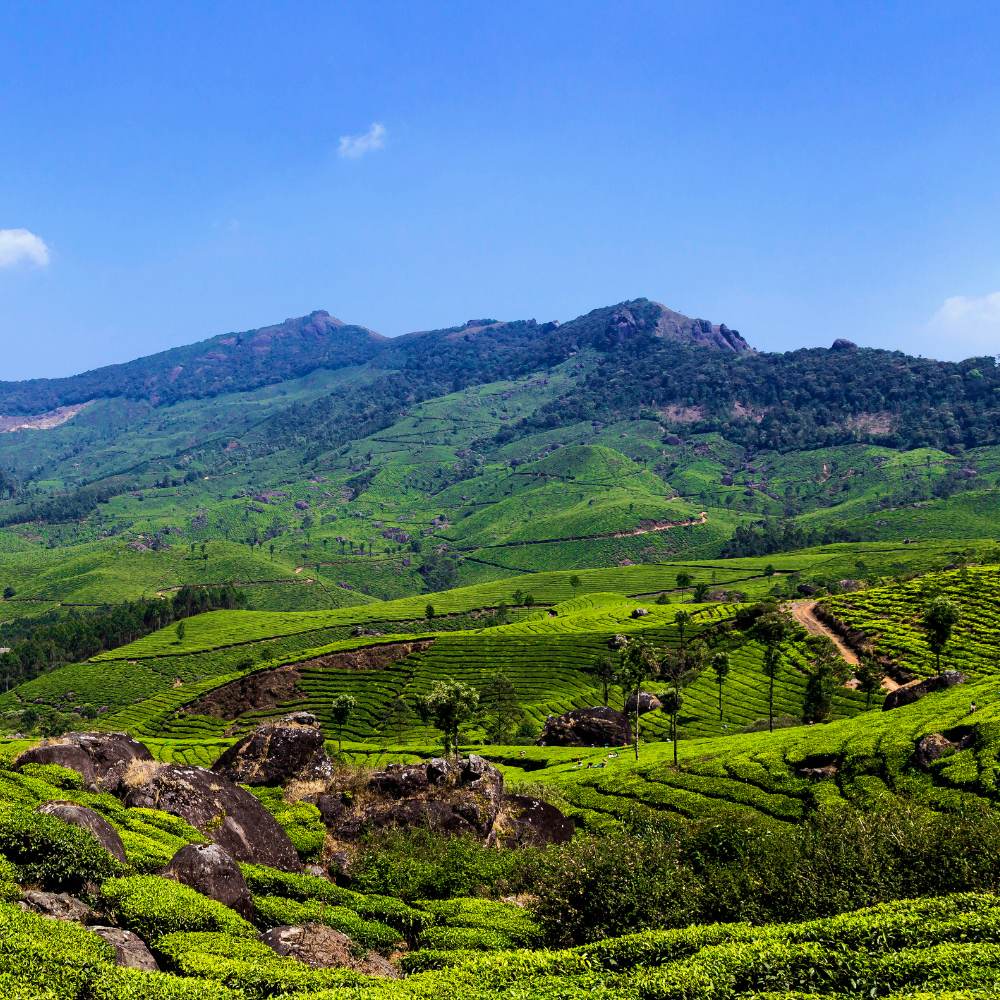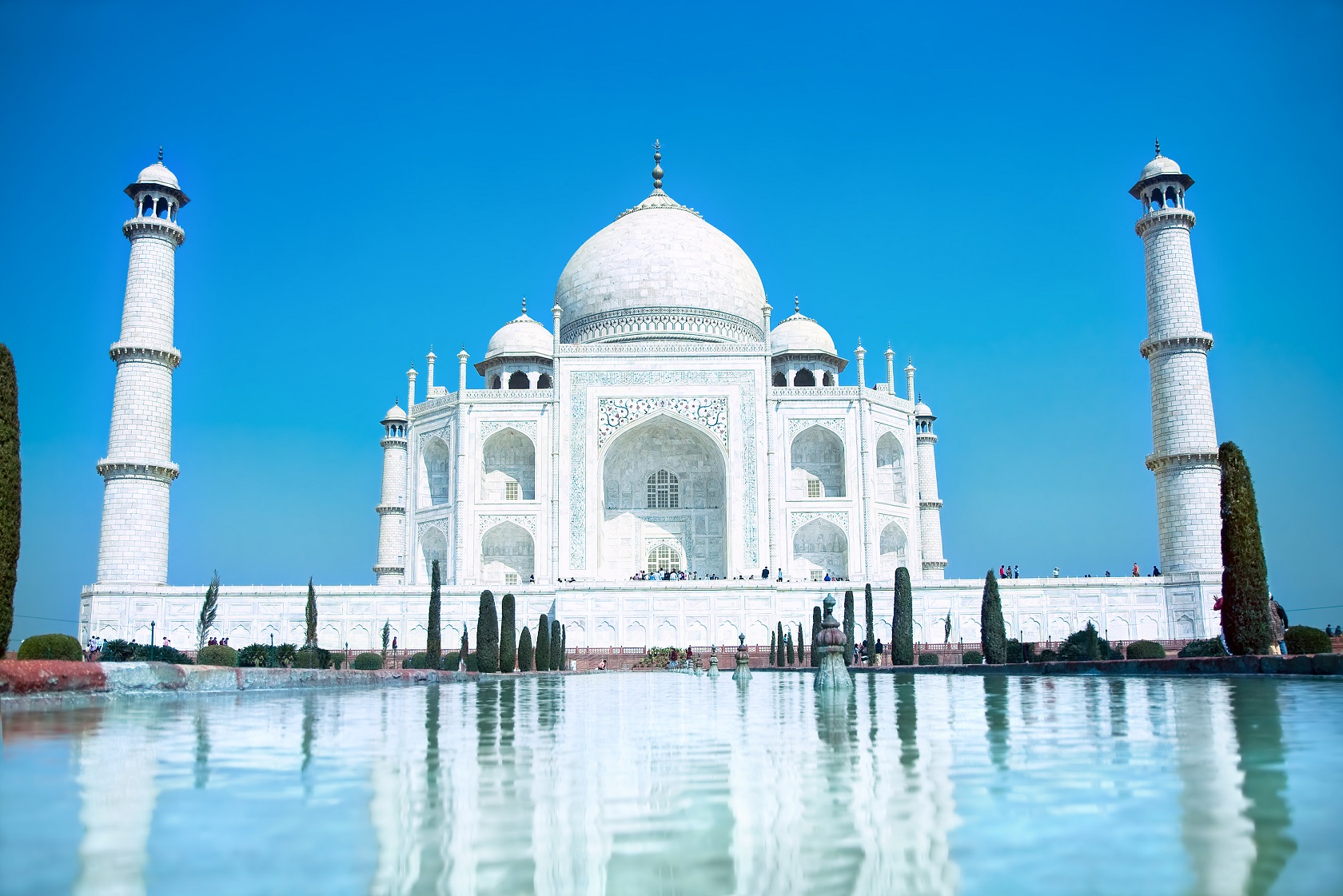Welcome to Mumbai, Formerly known as Bombay, is the capital city of the Indian state of Maharashtra a city where cultures coexist and every street tells a tale. Mumbai is India's beating heart, with towering skyscrapers and colonial-era architecture, as well as busy street markets and spiritual sanctuaries. It is a city that never sleeps, brimming with vitality, variety, and opportunity.
Mumbai has something for everyone, whether you're interested in history, gastronomy, spirituality, or outdoor activities. From families and lone visitors to buddy groups and honeymooners, this guide will show you the top tourist attractions in Mumbai and everything that makes this city special.
Let's look at the top list of places to visit in Mumbai with family, and friends, or just for a quick weekend getaway.
Marine Drive: The Queen's Necklace
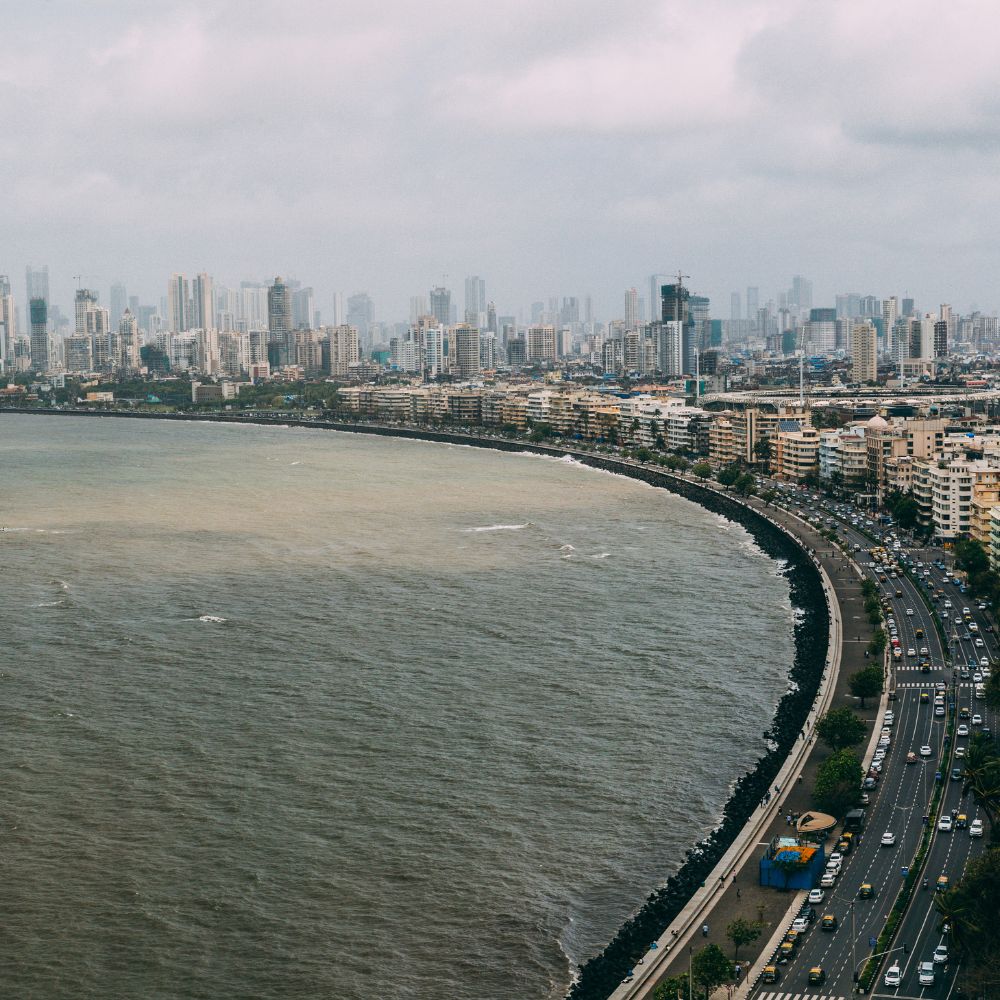
Marine Drive is a must-see attraction in Mumbai for families and groups. This 3.6-kilometer stretch along the shore, also known as the Queen's Necklace because of its streetlights that dazzle at night, is great for a leisurely walk or heart-to-heart chats.
During the day, families may be seen strolling, couples sitting by the waves, and fitness fanatics jogging along the promenade. In the evening, the atmosphere turns into something spectacular, ideal for selfies, vlogs, or serene isolation.
Close to major destinations in Mumbai, such as Chowpatty Beach, where you can sample excellent local street dishes like as pav bhaji, bhel puri, and gola (ice pops). It is also adjacent to major Mumbai districts like Churchgate and Nariman Point, making it convenient to visit surrounding attractions.
Pro Tip: Arrive around sunset and then head to Pizza By The Bay for a breathtaking ocean-view supper.
Gateway of India: A Symbol of Mumbai's Resilience
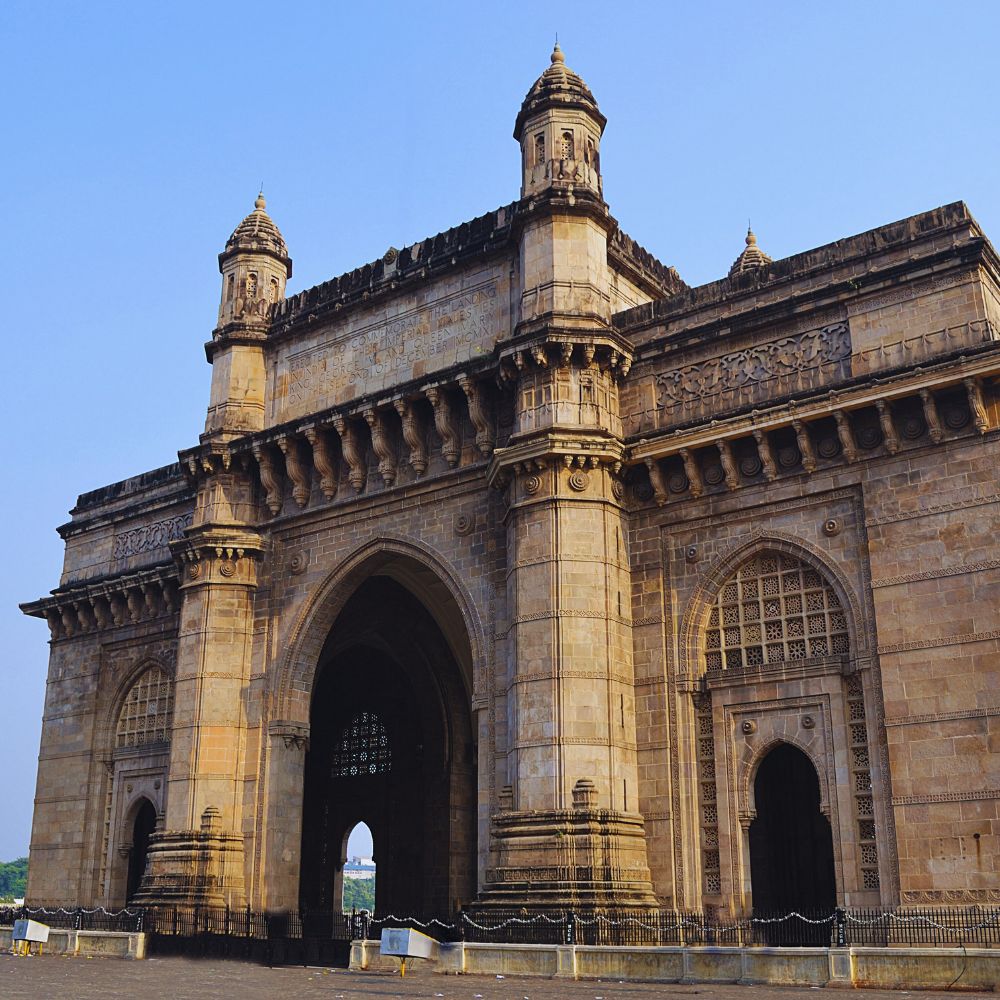
Standing towering beside the Arabian Sea in central Mumbai, the Gateway of India is a must-see landmark and unquestionably one of the top tourist destinations in the city. It was built in 1924 as a ceremonial entry for British governors and has since become a symbol of India's imperial heritage and independence.
When you come, there will be a crowd of visitors, street merchants, photographers, and boat operators. You may take ferries to the Elephanta Caves, or simply enjoy the sea wind and city views. The area surrounding the Gateway is ideal for a quick walk with family or friends, with lots of opportunities to capture Instagram-worthy photographs.
The famed Taj Mahal Palace Hotel, located just adjacent, is another architectural masterpiece and an excellent setting for high tea or a luxury lunch. This region is also ideal for foodies seeking Bombay-inspired flavors—try Bademiya's kebabs or Leopold Café.
Pro Tip: Go early in the morning to avoid crowds and enjoy the warm golden light on the monument.
Shree Siddhivinayak Temple: Divine Tranquility
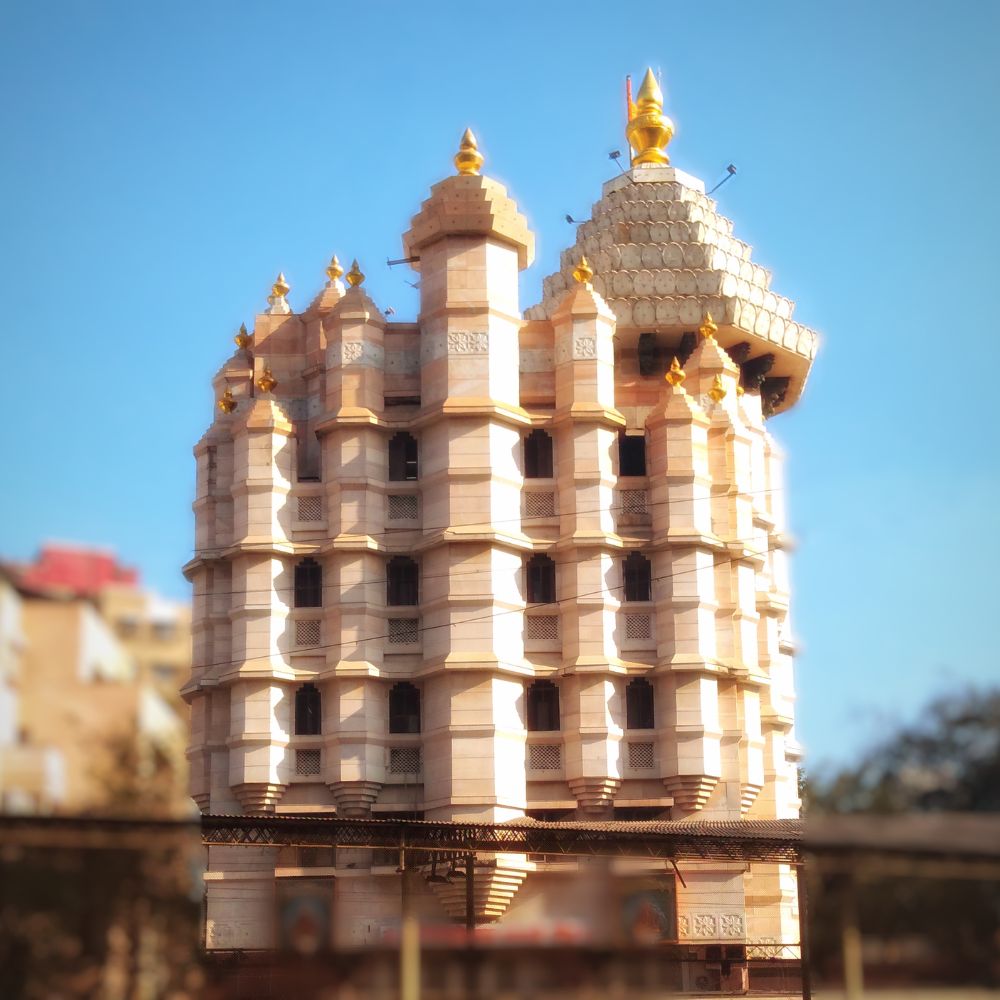
Siddhivinayak Temple in Prabhadevi is one of Mumbai's holiest and most popular locations, attracting millions of worshipers each year, including celebrities and politicians.
Whether you are religiously inclined or simply want to discover the notable attractions to visit in Mumbai, this temple is well worth your time. The building itself is breathtaking, with gold-plated domes and a serene sanctuary.
Lines can be lengthy during festivals, especially on Tuesdays (Ganesha's day), so go early in the morning or late in the afternoon for a more peaceful experience.
Pro Tip: Purchase Prasad from reputable sellers outside the temple, and avoid carrying large bags because security is rigorous.
Bandra-Worli Sea Link: Engineering Marvel

Bandra Fort, also known as Castella de Aguada, is a historic fort erected by the Portuguese in the seventeenth century. This gorgeous area, which overlooks the Arabian Sea and the landmark Bandra-Worli Sea Link, is popular with lovers, runners, and photographers.
The neighboring Bandstand Promenade is a magnificent seaside path that draws morning walkers, sunset chasers, and Bollywood fans hoping to get a glimpse of Shahrukh Khan and Salman Khan—their mansions are only around the corner!
This is a famous region in Mumbai, particularly for people seeking a blend of history, nature, and celebrity sightings. It's a top selection among Mumbai locations to visit with friends, suitable for both families and parties.
Pro Tip: Visit at golden hour for stunning sea-link images and a calm atmosphere.
Chhatrapati Shivaji Terminus: Victorian Grandeur

Another UNESCO World Heritage property, the Chhatrapati Shivaji Maharaj Terminus (CSMT), is a living piece of history and a marvel of Victorian Gothic design. Originally known as Victoria Terminus, it is one of India's busiest railway stations and a hub for Mumbai travel destinations.
Its ornate carvings, stained glass windows, and pointed arches resemble a castle rather than a rail station. Whether you enjoy photography or architecture, its majesty will wow you.
The station is also close to popular Mumbai districts such as Fort, Crawford Market, and the bustling Colaba Causeway, which is ideal for street shopping. This region is frequently included in city tours, particularly for those who only have one day in Mumbai.
Pro Tip: Don't only gaze from the outside; get inside and feel the excitement of daily commuters. You'll feel the true pulse of Mumbai here.
Sanjay Gandhi National Park: Nature's Haven
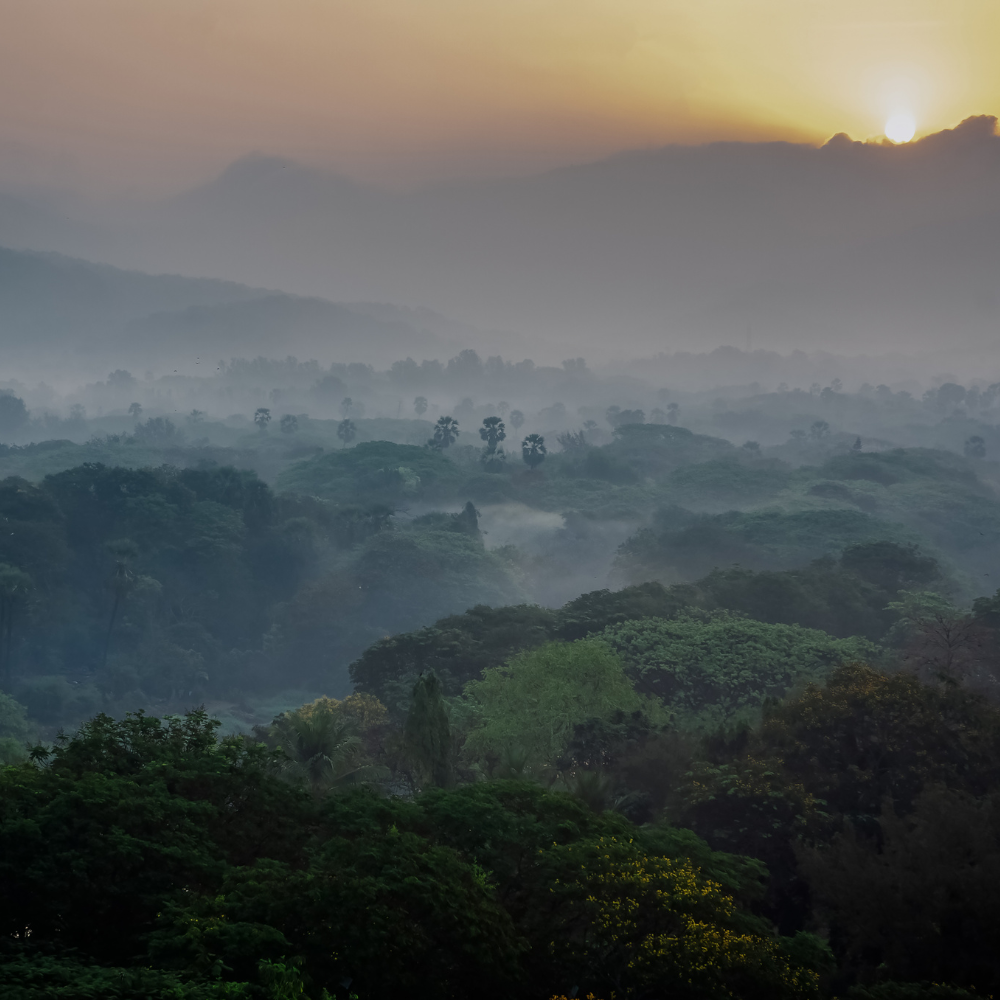
Sanjay Gandhi National Park is one of Mumbai's most surprising and gorgeous picnic destinations. This enormous green zone is more than simply a place to breathe fresh air; it also provides a home for leopards, spotted deer, monkeys, and over 270 bird species.
Family activities include bike routes, natural treks, and even paddle boating. The ancient Kanheri Caves, a network of Buddhist cave temples cut into basalt rock, offer a historical dimension to the adventure.
The Van Rani mini-train is a popular attraction for children and families, taking visitors through the park's woodland areas. It's an excellent choice for individuals searching for locations to visit in Mumbai with their families or to escape the city's buzz.
Pro Tip: Book online tickets in advance for weekends and bring a light lunch to enjoy in specified locations.
Colaba: Historical Neighborhood

Colaba Causeway is the place to go if you want to shop for clothes, accessories, handicrafts, and curios. This street market near the Gateway of India is one of Mumbai's most dynamic and famous tourist attractions.
Bargain hard and you can walk away with fantastic discounts. The ambiance is youthful, artistic, and distinctly "Bombay." This region also has numerous iconic cafés, such as Leopold Café, Café Mondegar, and Theobroma, where you may rest your feet and refresh.
Ideal for anybody who enjoys street shopping, café culture, and people-watching. Suitable for a half-day excursion with pals.
Pro Tip: Finish your tour with a sunset at the Gateway of India or a boat ride for the ideal day plan.
Elephanta Caves: Ancient Marvels
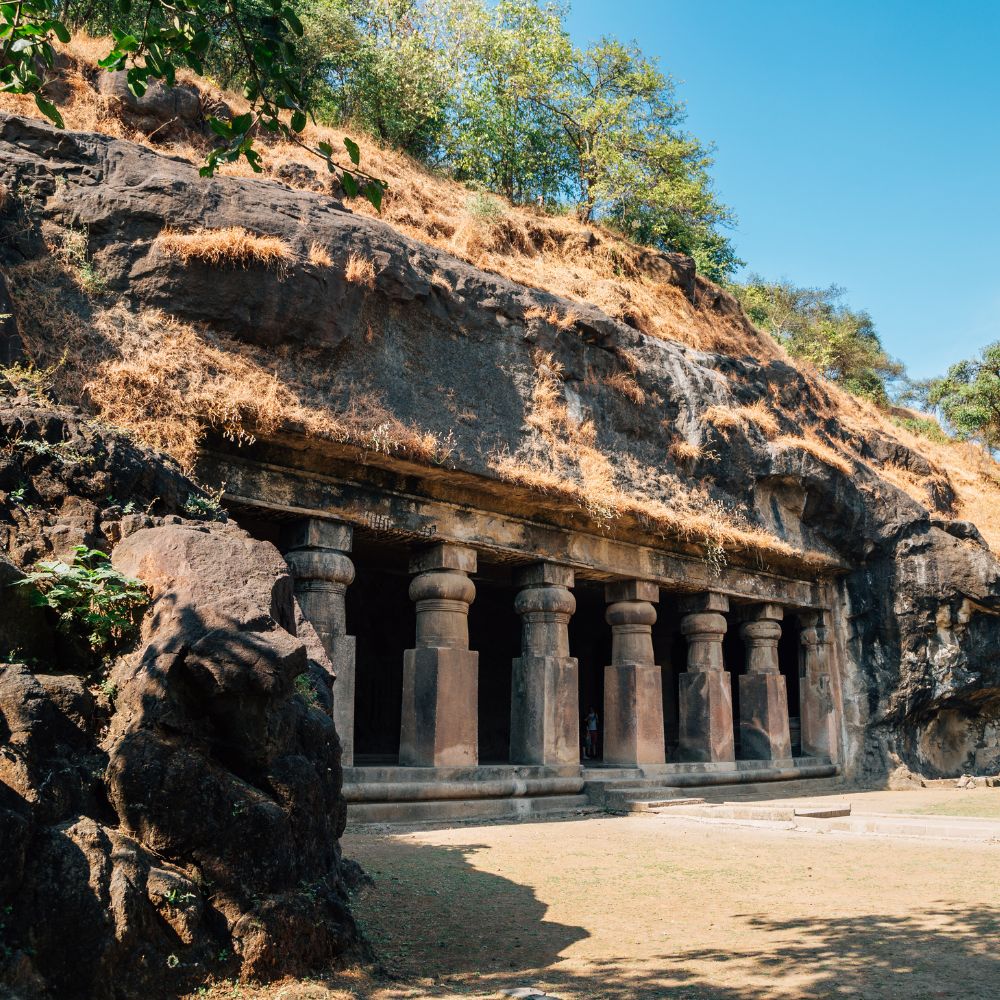
If you're looking for locations to see in Mumbai for two days, the Elephanta Caves are a must-see attraction. These UNESCO World Heritage caverns are located on Elephanta Island, about an hour's boat journey from the Gateway of India.
These rock-cut caverns feature exquisite sculptures of Lord Shiva, including the huge Trimurti, a three-headed god representing creation, preservation, and destruction. Exploring these caverns seems like entering into another time.
The boat trip itself is an adventure, with stunning views of Mumbai's cityscape and seagulls soaring by. The island also has walking paths, overlooks, and tiny gift stores.
This is a popular tourist destination in Mumbai for both history aficionados and cultural adventurers.
Pro Tip: Bring water, wear comfortable shoes, and avoid peak afternoons due to heat.
Global Vipassana Pagoda: Serene Retreat

Perched atop a hill in Gorai, on the outskirts of Mumbai, the Global Vipassana Pagoda is a magnificent meditation hall and pagoda. It is one of the largest stone monuments in Asia and serves as a center for the practice of Vipassana meditation.
The Global Vipassana Pagoda is constructed entirely out of white marble, with intricate carvings and ornamental designs adorning its exterior. The pagoda's design is inspired by traditional Burmese architecture, reflecting the roots of Vipassana meditation in Myanmar.
The pagoda hosts regular Vipassana meditation retreats, where participants can learn and practice the ancient technique of mindfulness meditation under the guidance of experienced teachers. The serene surroundings and tranquil atmosphere make it an ideal retreat for spiritual seekers and meditation enthusiasts.
In addition to meditation retreats, visitors to the Global Vipassana Pagoda can explore the lush greenery surrounding the pagoda, which includes landscaped gardens, walking trails, and scenic viewpoints overlooking the Arabian Sea. It's a peaceful oasis away from the hustle and bustle of the city.
Sanjay Gandhi National Park and Kanheri Caves
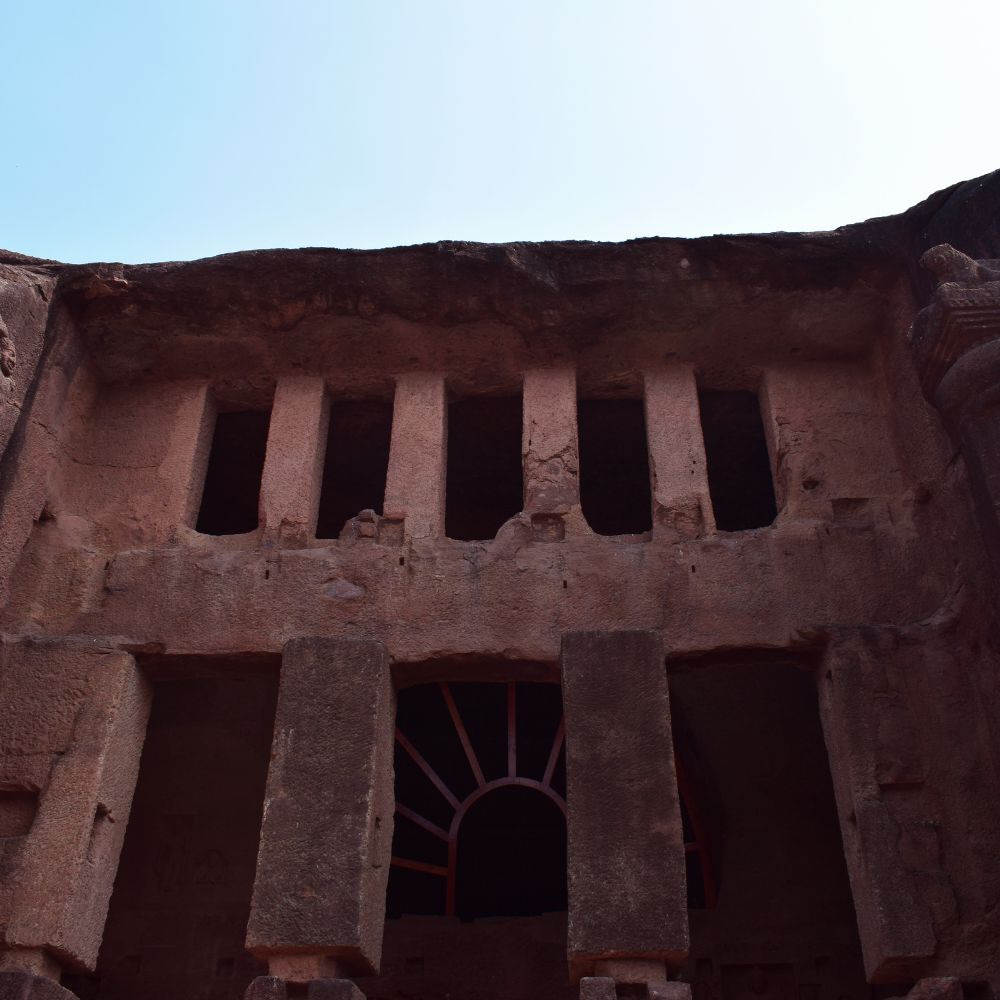
Sanjay Gandhi National Park is one of Mumbai's most surprising and gorgeous picnic destinations. This enormous green zone is more than simply a place to breathe fresh air; it also provides a home for leopards, spotted deer, monkeys, and over 270 bird species.
Family activities include bike routes, natural treks, and even paddle boating. The ancient Kanheri Caves, a network of Buddhist cave temples cut into basalt rock, offer a historical dimension to the adventure.
The Van Rani mini-train is a popular attraction for children and families, taking visitors through the park's woodland areas. It's an excellent choice for individuals searching for locations to visit in Mumbai with their families or to escape the city's buzz.
Travel Tip: Book online tickets in advance for weekends and bring a light lunch to enjoy in specified locations.
Juhu Beach: Mumbai's Iconic Seashore
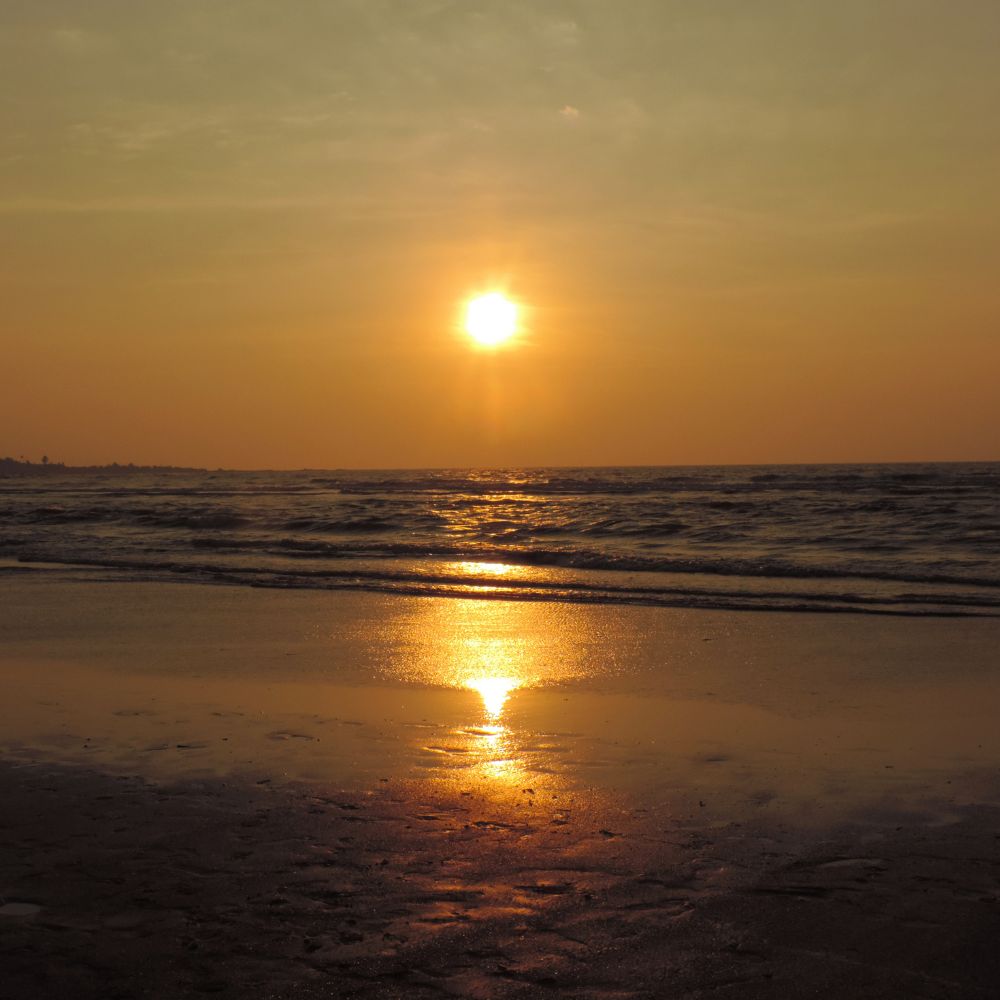
When it comes to popular spots to visit in Mumbai, Juhu Beach is a perennial favorite. It's where folks go to enjoy the sea breeze, eat chaat, and watch a Bollywood celebrity jog down the dunes.
This beach, which is ideal for both families and friends, is more than simply a gorgeous location; it is an experience. It's constantly bustling with activities, from camel rides and horse-drawn carriages to kids making sandcastles and couples enjoying the sunset.
The cuisine at Juhu is what truly sets it apart! The vendors provide a variety of Bombay-specific dishes, including fiery pav bhaji and sweet kulfis. If you're searching for sites to see in Mumbai in one day, Juhu Beach is an excellent choice for a sunset finish.
Pro Tip: Visit early in the morning for a calm walk, or after 5 p.m. to experience the complete local feel.
Film City:

Film City, located in the Goregaon suburb of Mumbai, is the epicenter of India's booming film and television industry, commonly known as Bollywood. Spread over hundreds of acres, Film City is a sprawling complex of studios, sets, and outdoor locations where thousands of films and TV shows are produced each year.
Visitors to Film City can embark on guided tours that offer a behind-the-scenes glimpse into the world of Bollywood filmmaking. They can explore elaborate film sets, replicas of iconic landmarks, and streetscapes that recreate the ambiance of different cities and periods.
One of the highlights of a tour of Film City is the opportunity to catch a glimpse of Bollywood celebrities in action. Visitors may chance upon film shoots taking place on location or spot their favorite stars rehearsing dialogues and performing dance sequences.
Film City also offers interactive experiences such as green screen photo shoots, where visitors can pose against backdrops of famous movie scenes, and virtual reality simulations that allow them to step into the shoes of a Bollywood star. Additionally, souvenir shops offer a wide range of Bollywood memorabilia and merchandise for fans to take home as mementos of their visit.
Final Thoughts: Plan Your Mumbai Journey
Whether you're visiting Mumbai for one day or exploring for 2 days, the city will leave an indelible mark on your heart. It’s more than just a place — it’s an experience, a celebration, and an emotion.
From historic landmarks and spiritual sites to beaches, caves, and shopping streets, Mumbai's diversity makes it one of the best travel destinations in India.
So go ahead — explore the best tourist places in Mumbai, enjoy the local food, capture sunsets, and experience what makes this city a Bombay special. Let's check out top tours of Mumbai or get a custom private tour to Mumbai with BoutIndia.
